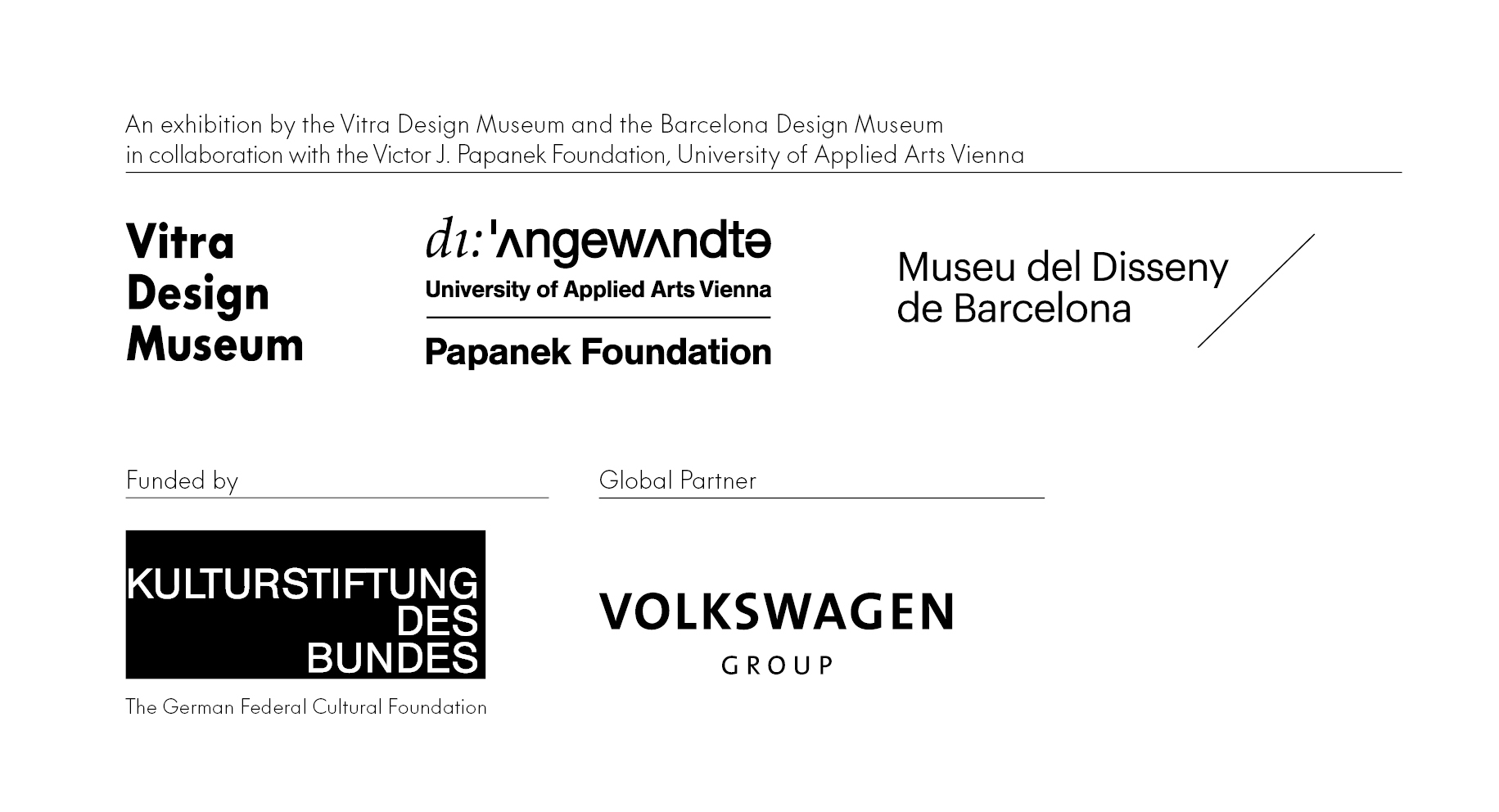Victor Papanek: The Politics of Design
Design Museum Den Bosch presents the work of visionary designer, critic and activist Victor Papanek (1923-1998). His renowned book Design for the Real World: Human Ecology and Social Change (1970) stands for a radical vision of designing in which sustainability and social justice are more important than consumerism and commerce. The exhibition displays both a work retrospective and the way in which modern-day designers are working with these themes now more than ever. An essential exhibition for anyone wondering how to contribute to a better world! Together with the designers of Minitopia (perfect examples of the modern-day effect of Papanek’s work), an extensive public programme with a debate afternoon, excursions, book presentation and pop-up gallery.
The exhibition Victor Papanek: The Politics of Design is a collaboration with Vitra Design Museum, Barcelona Design Museum, Victor J. Papanek Foundation and University of Applied Arts Vienna, with a contribution of German Federal Cultural Foundation.
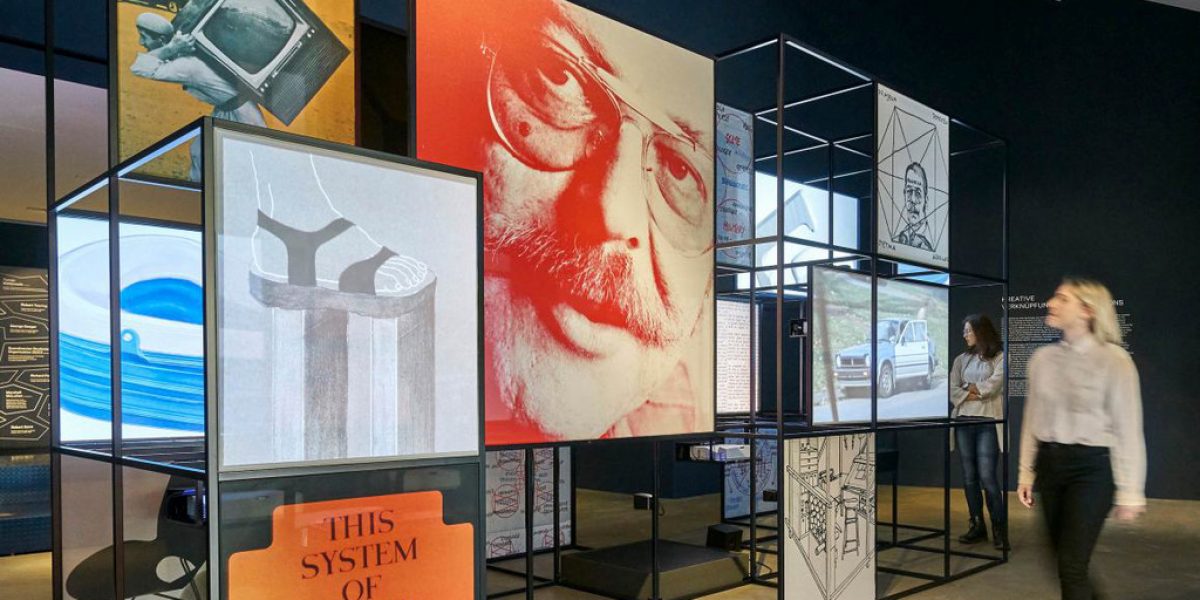
Who? Papanek!
Design is about much more than just giving shape to something. It is part of our living environment and can be a tool for political change. That was Victor Papanek’s approach. He viewed design as an important factor for social well-being, an idea that is relevant now more than ever. Fleeing from Nazi persecution in Vienna, Papanek emigrated to the United States in 1939 where he became the most influential twentieth-century pioneer in the field of socially, ecologically and politically oriented design practices.
Take a trip through the exhibition with Alison Clarke, co-curator of the exhibition and director of the Victor J. Papanek Foundation.
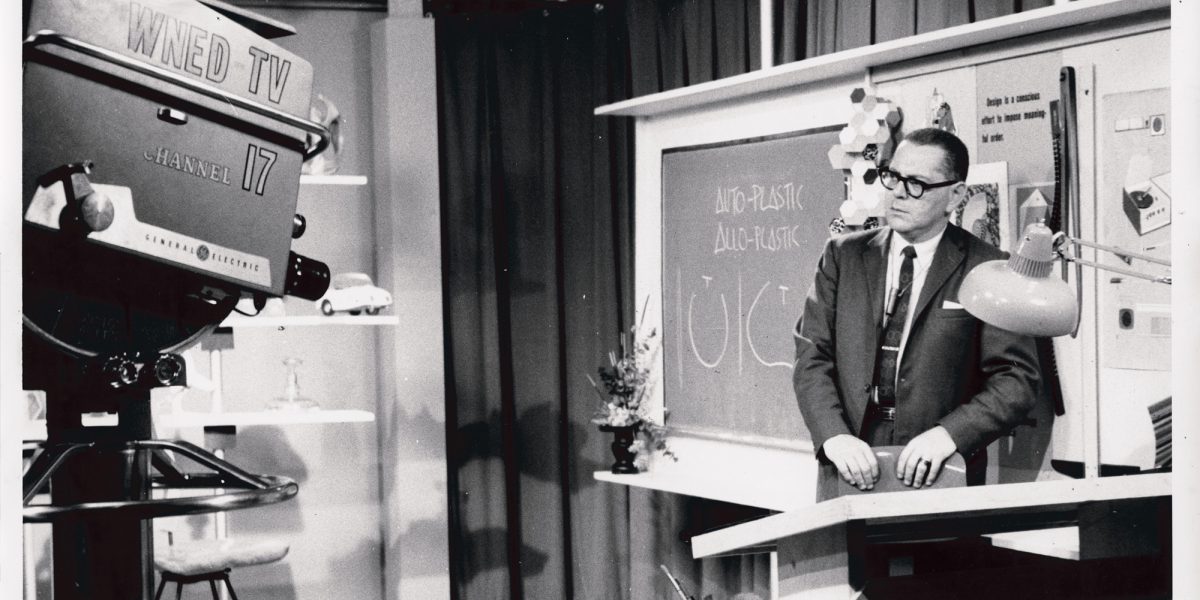
Design for the Real World
His book Design for the Real World: Human Ecology and Social Change (1970) is a manifesto of design activism. It has been translated in over twenty languages, has never been out of print since its original publication, and continues to be one of the most-read books on design every published. In his book, Papanek champions radical change: instead of being at the service of mass consumerism and profit motives, design should handle the challenges of ‘the real world’, such as inclusion, social justice and sustainability.
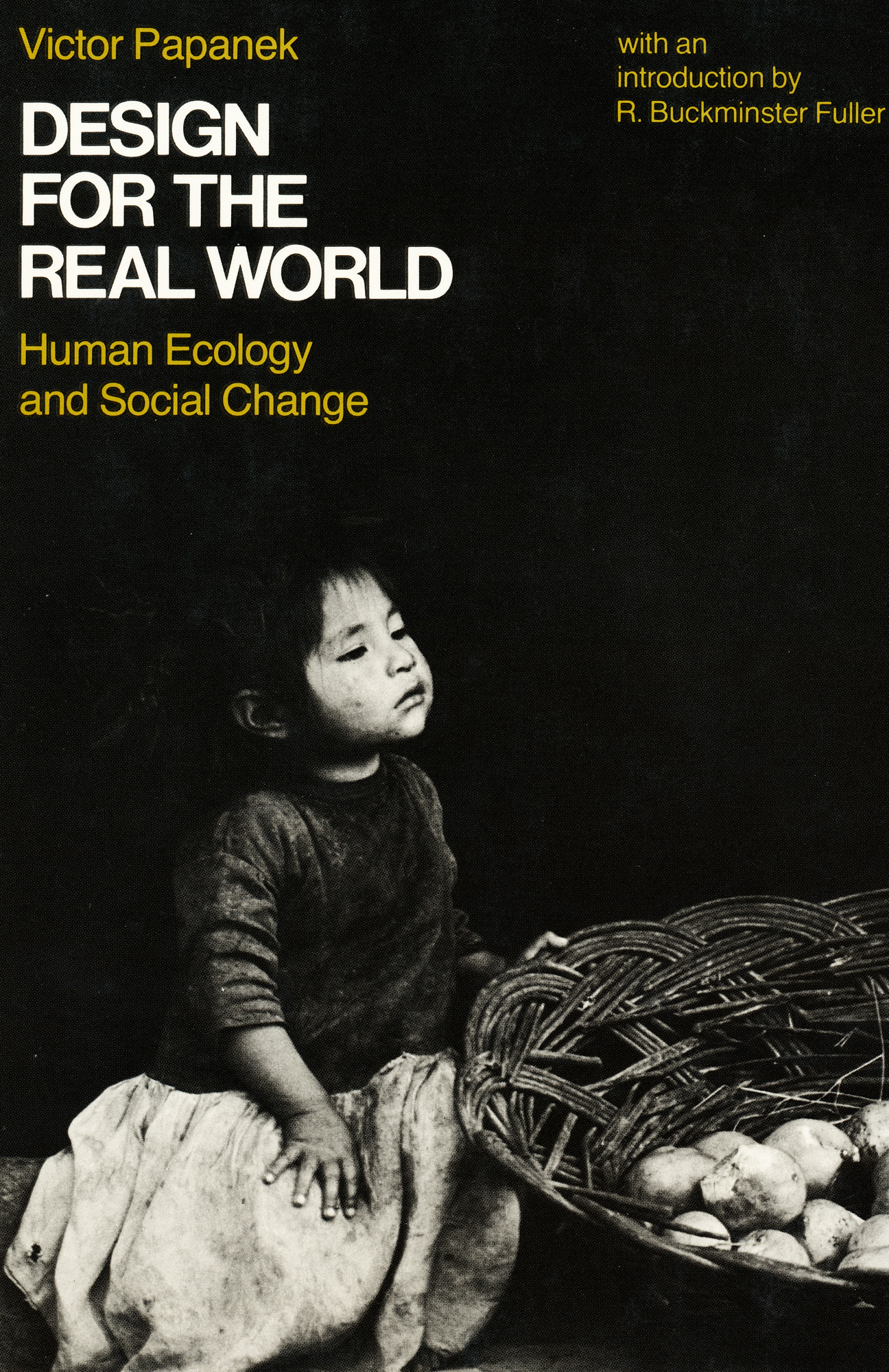
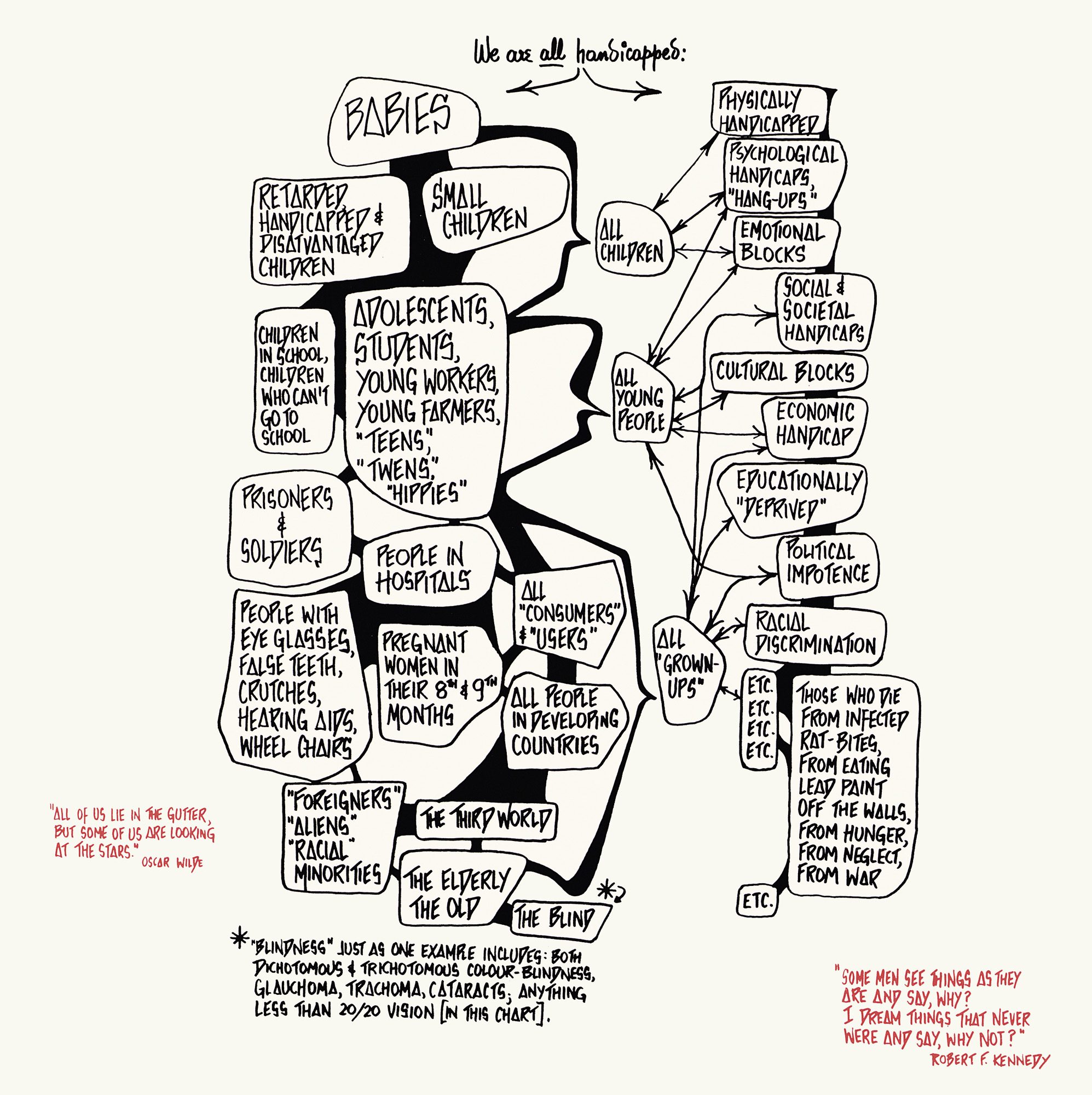
Still relevant
Victor Papanek’s ideas and thoughts are discussed to this day, and not just among professionals, and have inspired generations of designers. Today’s debates focusing on social design and design thinking have been based on Papanek’s ideas. Nevertheless, this great thinker, who was explicitly against all trends and hypes, remained largely unknown to the broader public. The exhibition Victor Papanek: The Politics of Design is the first major retrospective of his work put in the context of both his time and the modern-day design scene.
“There are professions more harmful than industrial design, but only a very few of them.” — The opening of Victor Papanek's Design for the Real World
The exhibition
Victor Papanek: The Politics of Design can be viewed on the museum’s large first floor. The exhibition consists of four parts. In the introduction, you will get to know Victor Papanek based on a timeline. You can see his early work, the work of his contemporaries and sources of inspirations Frank Lloyd Wright, Charles & Ray Eams and Isamu Noguchi. The second part of the exhibition is fully dedicated to the book Design for the Real World: Human Ecology and Social Change. The third part dives deeper into the social criticism at the core of Papanek’s work. He called on designers to not only design decorative gadgets for rich, white Westerners, and explicitly focused on those who often were ignored: non-Westerners, women, children and people with a disability. An important part of this is that designers not only design for them, but that they are actively involved in the design process. The fourth and final part of the exhibition is about sustainability. His mantra ‘doing the most with the least’ is still an important foundation for many designers.
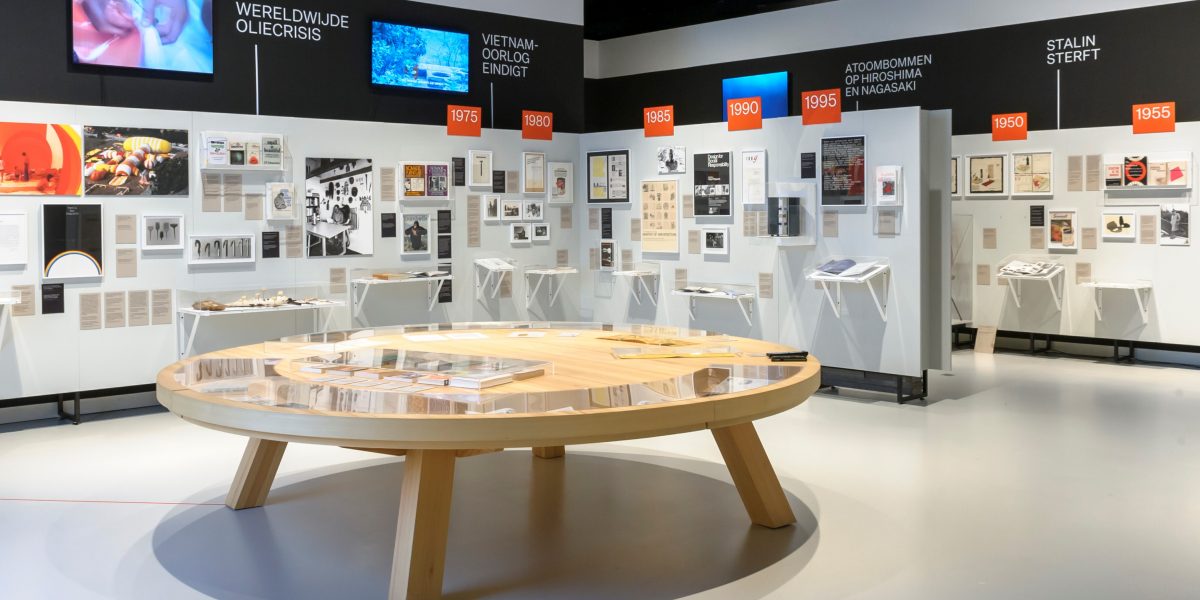
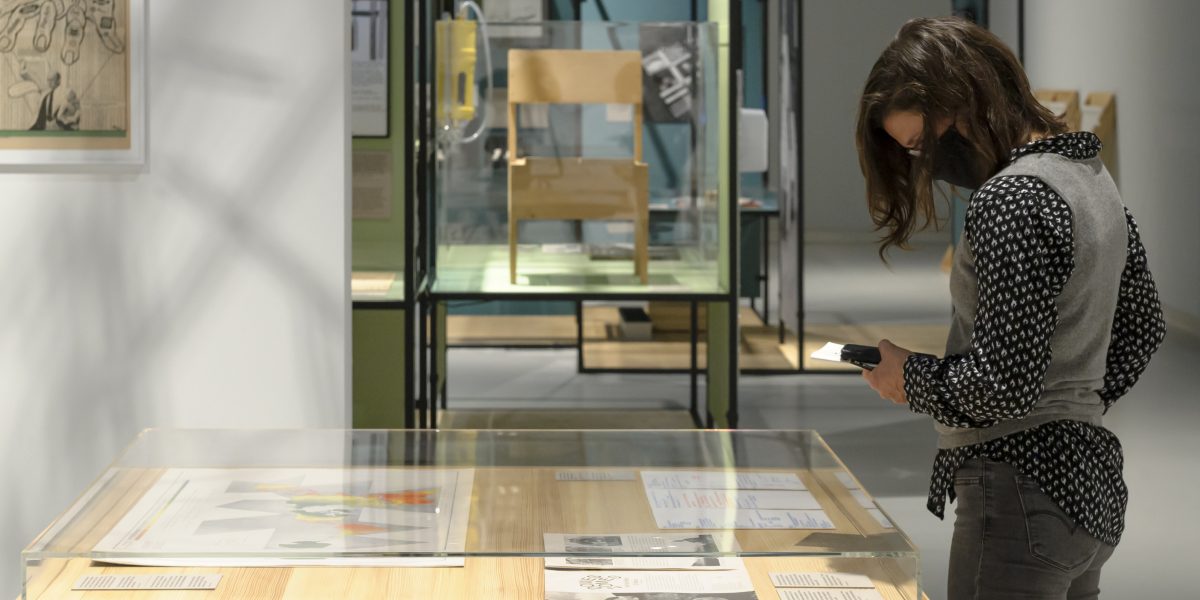

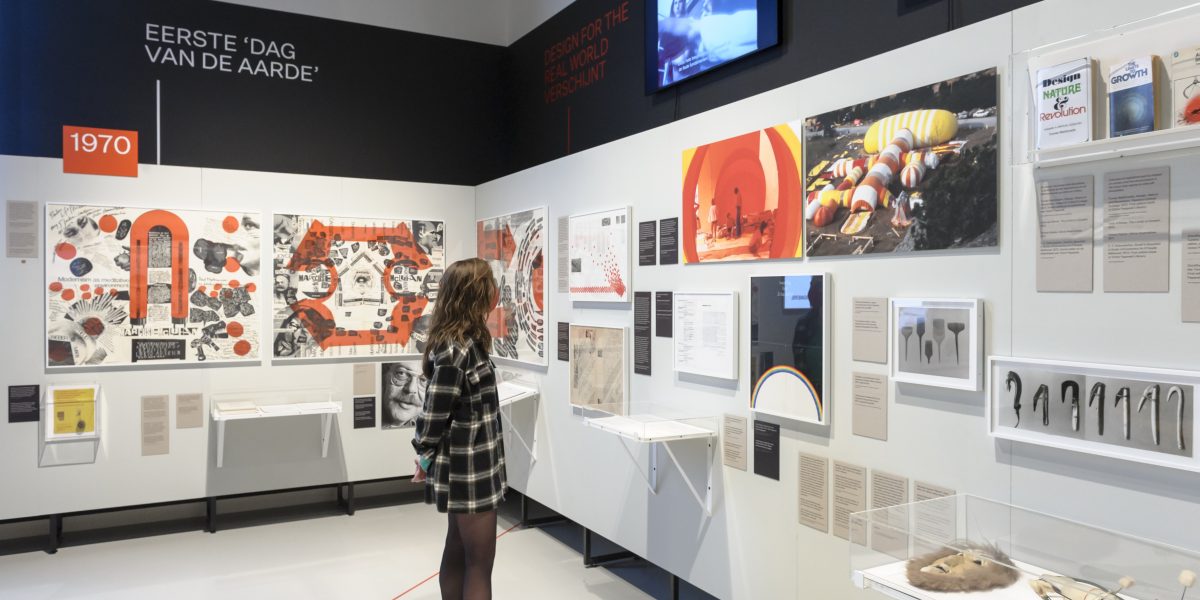
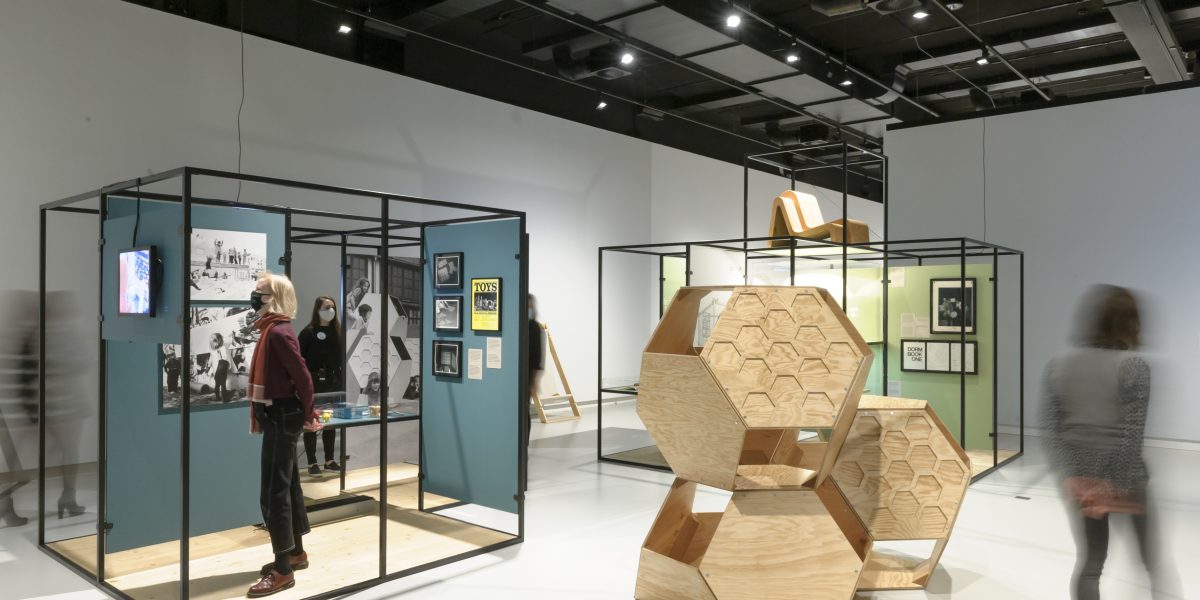
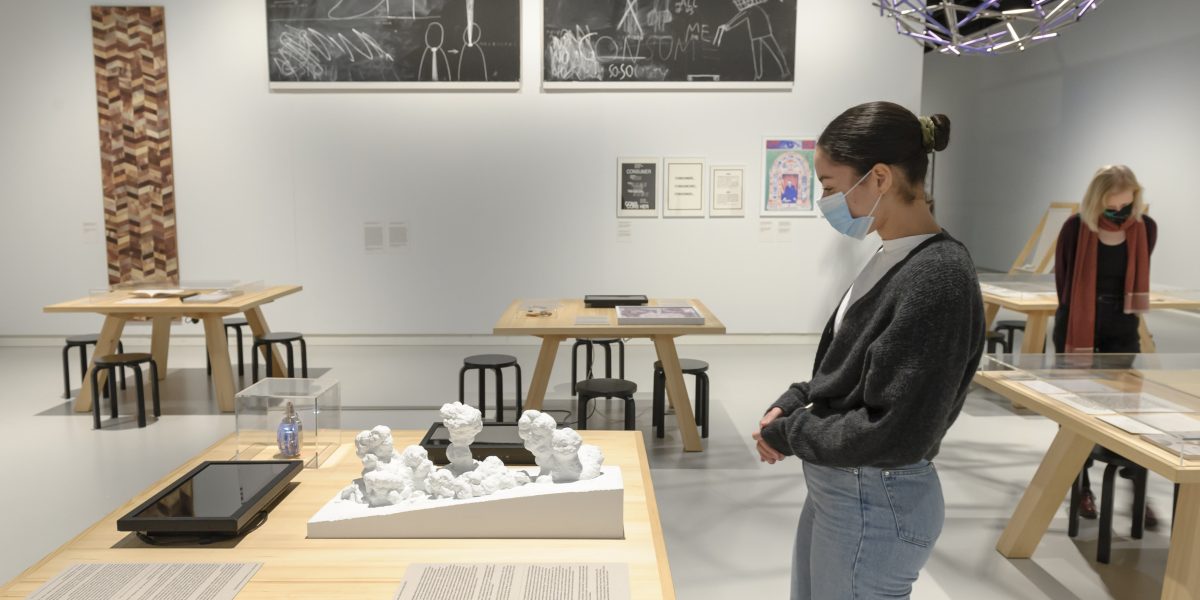



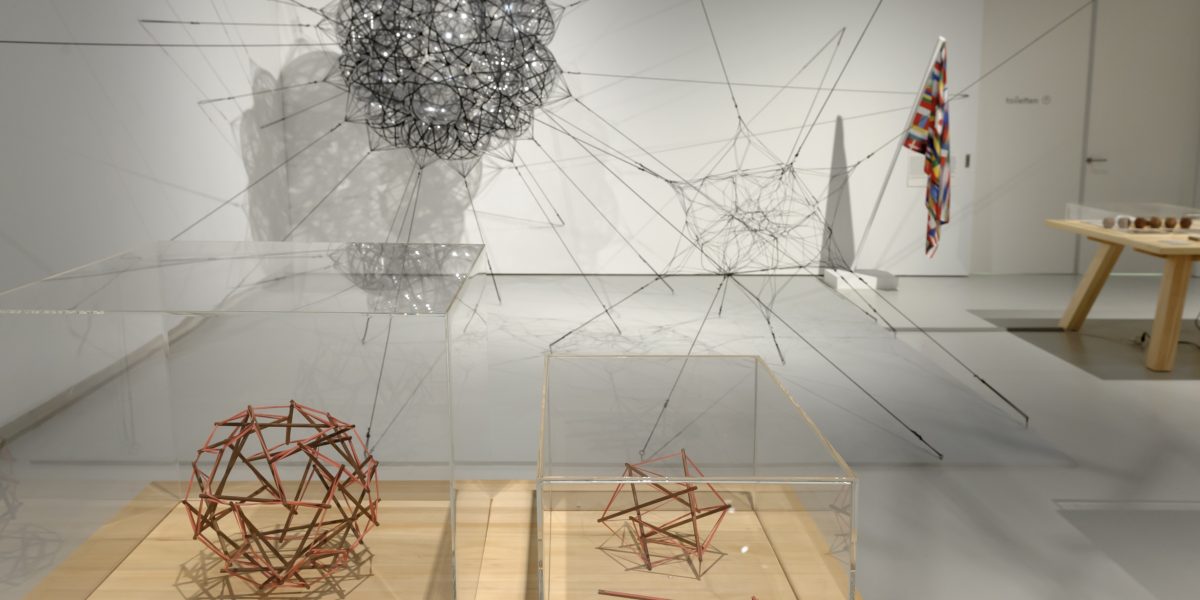
The designer’s responsibility in a time of crisis
Together with the initiators and designers of Minitopia, Design Museum Den Bosch organises a weekend focusing on what the designer’s responsibility is during a time of crisis. Minitopia helps create innovative, sustainable living locations in which there is a lot of room for solidarity and togetherness. These are usually houses that are compact, flexible, ready-made or modular. Designed using an app and built with natural building materials, or by smart use of existing materials. They created small-scale, circular communities in Den Bosch at the Poeldonk and De Rompert locations. In doing so, they are directly in line with Victor Papanek’s ideas. The weekend will take place from 11 to 13 December. The programme includes the launch of the book Minitopia, a debate afternoon, excursions to Minitopia combined with a visit to the exhibition, and a mobile gallery at the museum.
Acknowledgement
This exhibition was made possible by the financial support of the Kickstart Cultuurfonds.

